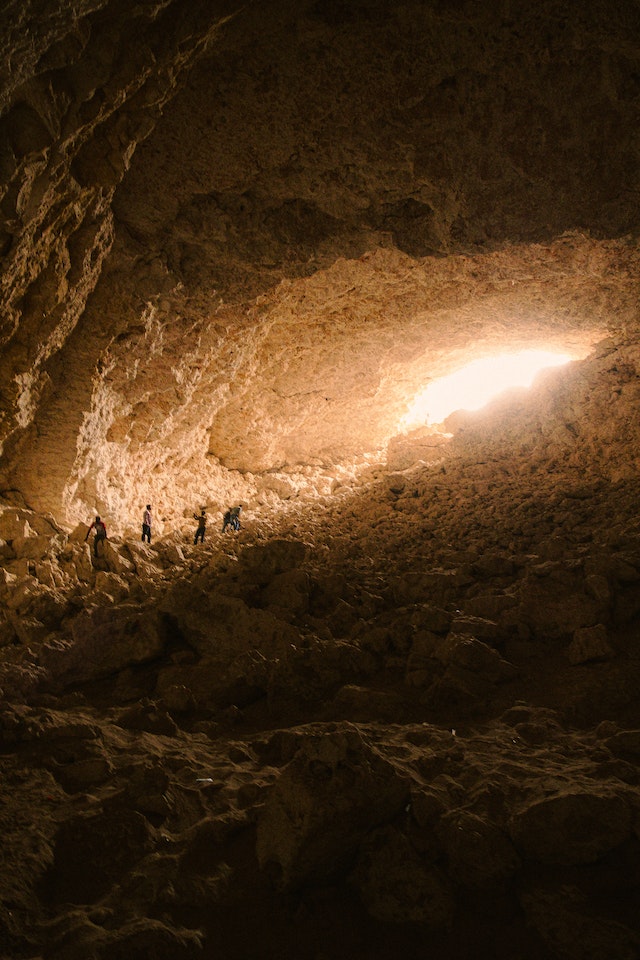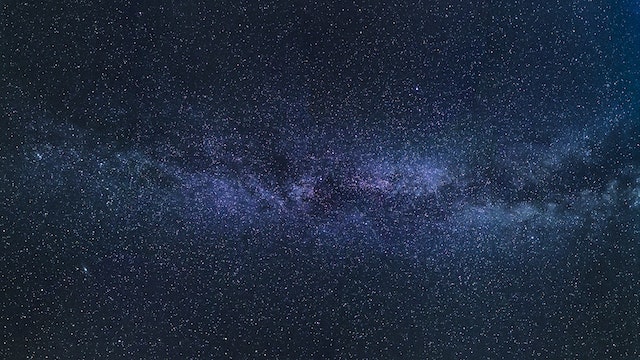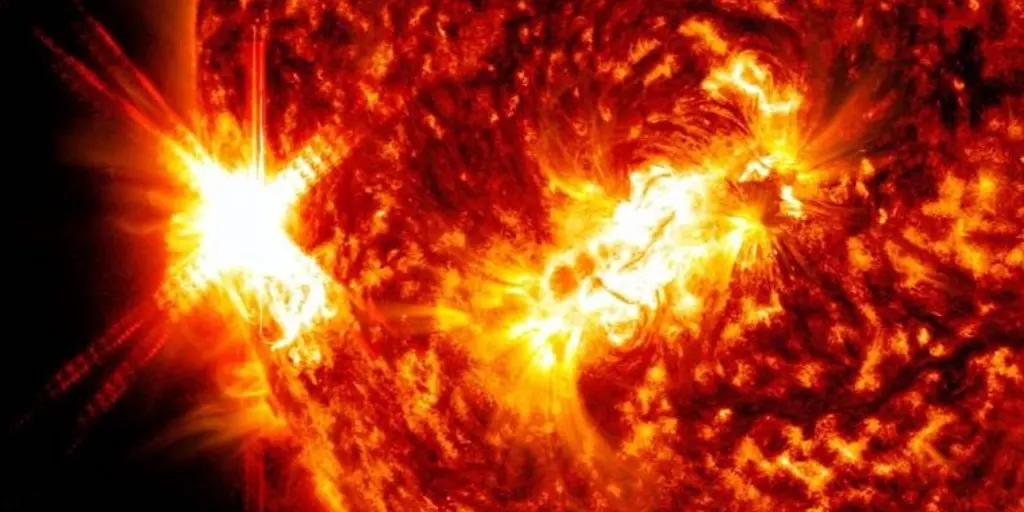Stephen Hawking, renowned physicist and cosmologist, was known for his groundbreaking contributions to our understanding of black holes. In one of his final scientific papers, Hawking explored the intriguing concept of creating black holes on Earth. Let’s delve into the physics behind his dream and the implications it holds.
Black holes are celestial objects with an immense gravitational pull, so strong that nothing, not even light, can escape their grasp. They are formed from the collapse of massive stars, where the core becomes incredibly dense and compact. Hawking’s proposal involved the creation of microscopic black holes, which are much smaller than their astronomical counterparts.
The idea of creating black holes on Earth revolves around the fundamental principles of particle physics and the behavior of matter at extremely high energies. According to Einstein’s theory of general relativity, mass and energy are interchangeable, and concentrated energy can generate a gravitational field. Hawking’s proposal involved focusing an enormous amount of energy in a small region to compress matter to extreme densities, thereby potentially creating a black hole.
One possible method for achieving this energy concentration is through the use of particle accelerators, such as the Large Hadron Collider (LHC). These colossal scientific instruments accelerate particles to high speeds and collide them together, recreating conditions similar to the early moments of the universe. The energy released in these collisions can reach levels where the creation of microscopic black holes becomes a theoretical possibility.
However, it is crucial to emphasize that the energy levels currently achieved in particle accelerators like the LHC are not sufficient to generate black holes that pose any danger. The energies involved in these experiments are many orders of magnitude lower than what would be needed to create stable black holes. Theoretical calculations suggest that the energy required to create a black hole is far beyond the capabilities of current technology.
Furthermore, even if microscopic black holes were to be created, their existence would be extremely short-lived. According to Hawking’s own research, black holes emit a type of radiation known as Hawking radiation. This phenomenon occurs due to quantum effects near the black hole’s event horizon, causing it to gradually lose energy and ultimately evaporate. The smaller the black hole, the faster it would evaporate. Therefore, any microscopic black holes created on Earth would evaporate almost instantaneously, posing no threat to our planet.
Hawking’s exploration of black holes on Earth was primarily driven by the desire to deepen our understanding of the fundamental laws of physics. It was a way to explore the behavior of matter under extreme conditions and test various theories, including the interplay between general relativity and quantum mechanics. By creating microscopic black holes, scientists could gain valuable insights into the nature of gravity, the structure of space-time, and the behavior of matter in the most extreme gravitational environments.
The pursuit of knowledge and scientific exploration always go hand in hand with safety and ethical considerations. Scientists and researchers conduct extensive risk assessments and adhere to strict safety protocols when designing and operating particle accelerators or conducting any experiments with potentially high energy outputs.
In conclusion, while Stephen Hawking’s dream of creating black holes on Earth was an intriguing and thought-provoking concept, the current state of scientific understanding and technological capabilities suggests that it remains beyond our reach. The exploration of black holes in the laboratory is an ongoing pursuit, but it requires significant advancements in both theoretical understanding and technological capabilities. Nevertheless, Hawking’s contributions to black hole physics continue to inspire and push the boundaries of our knowledge, leading to new insights into the mysteries of the universe.











